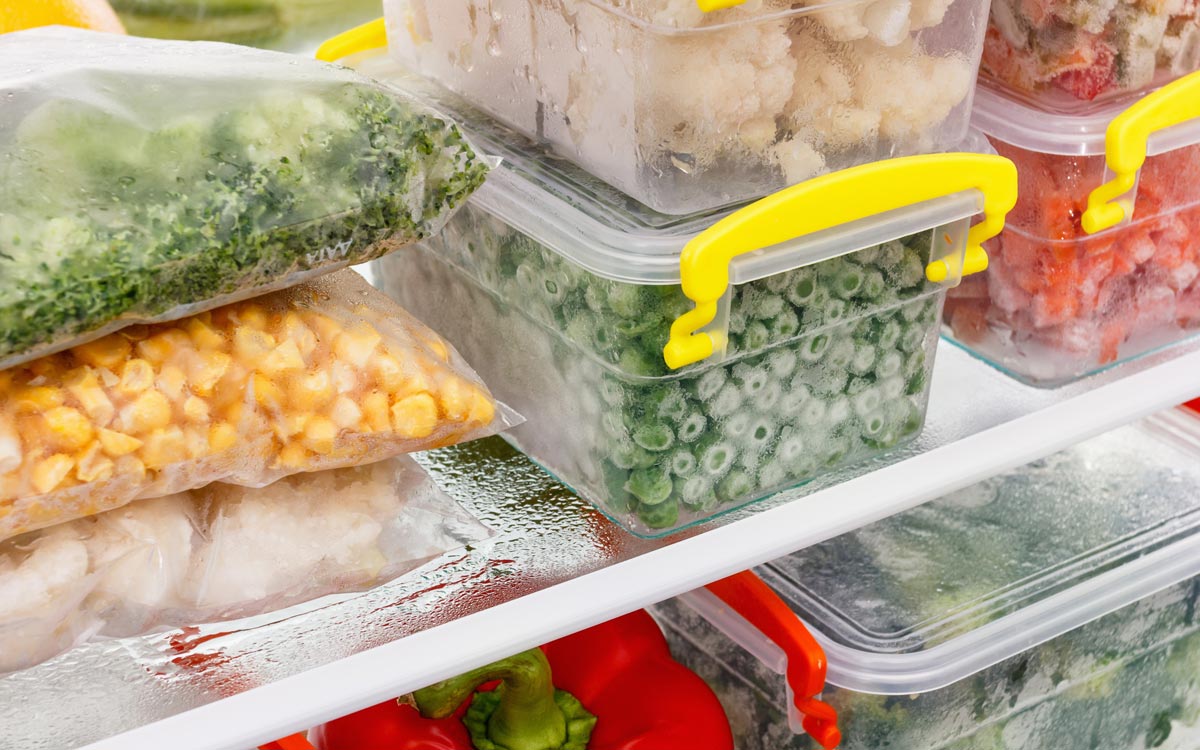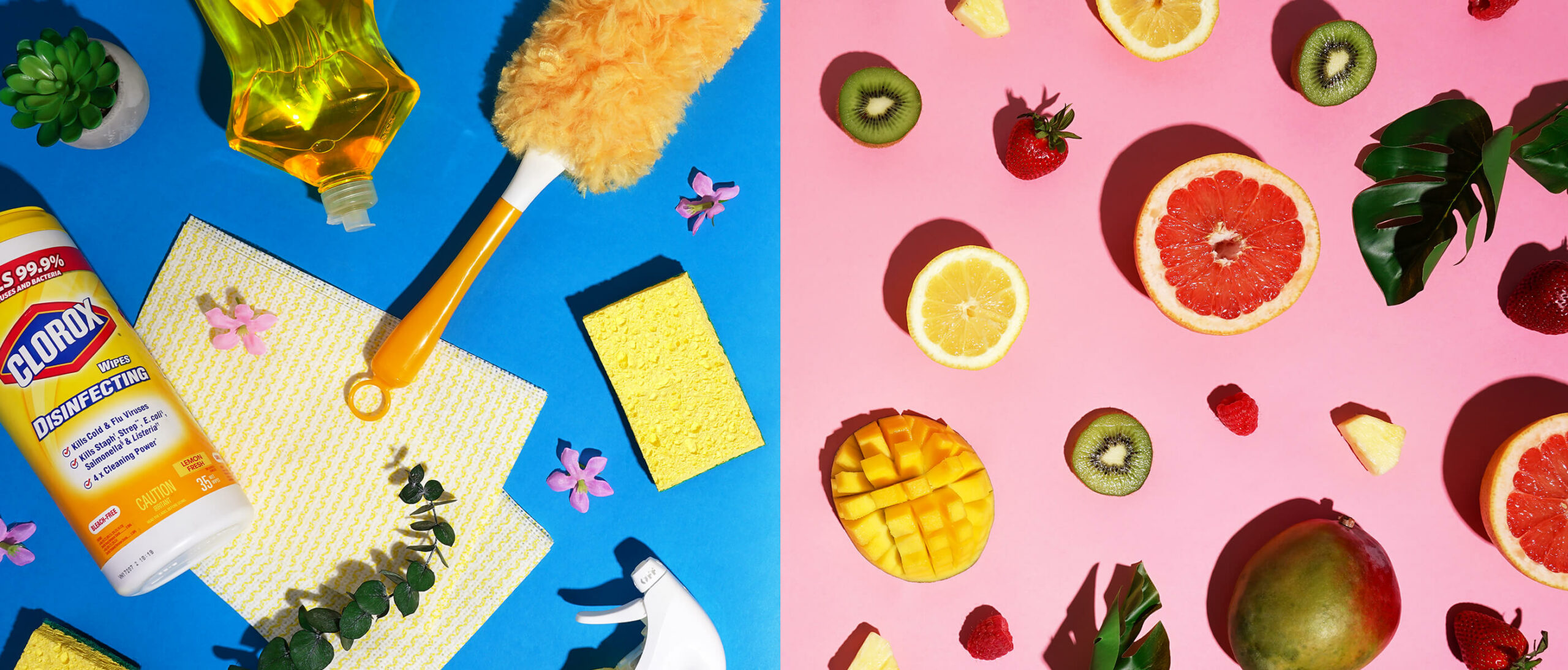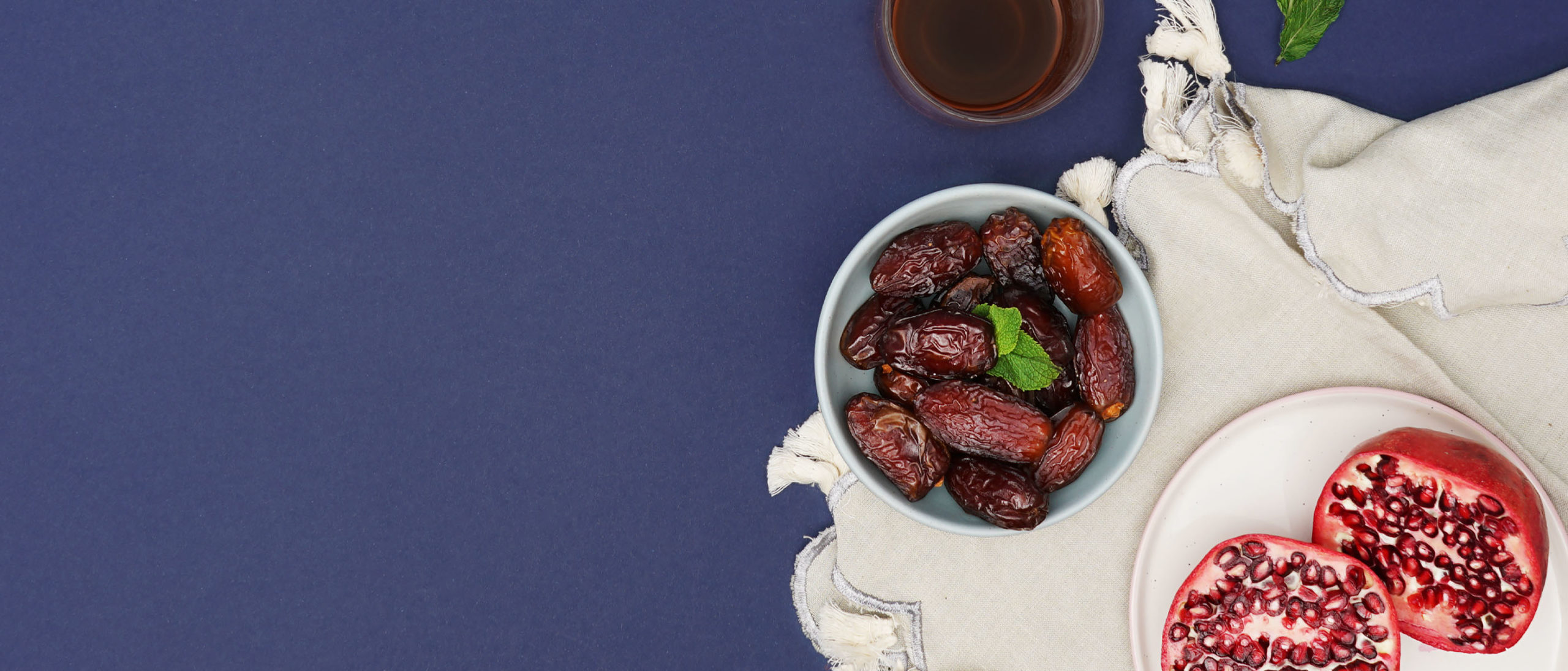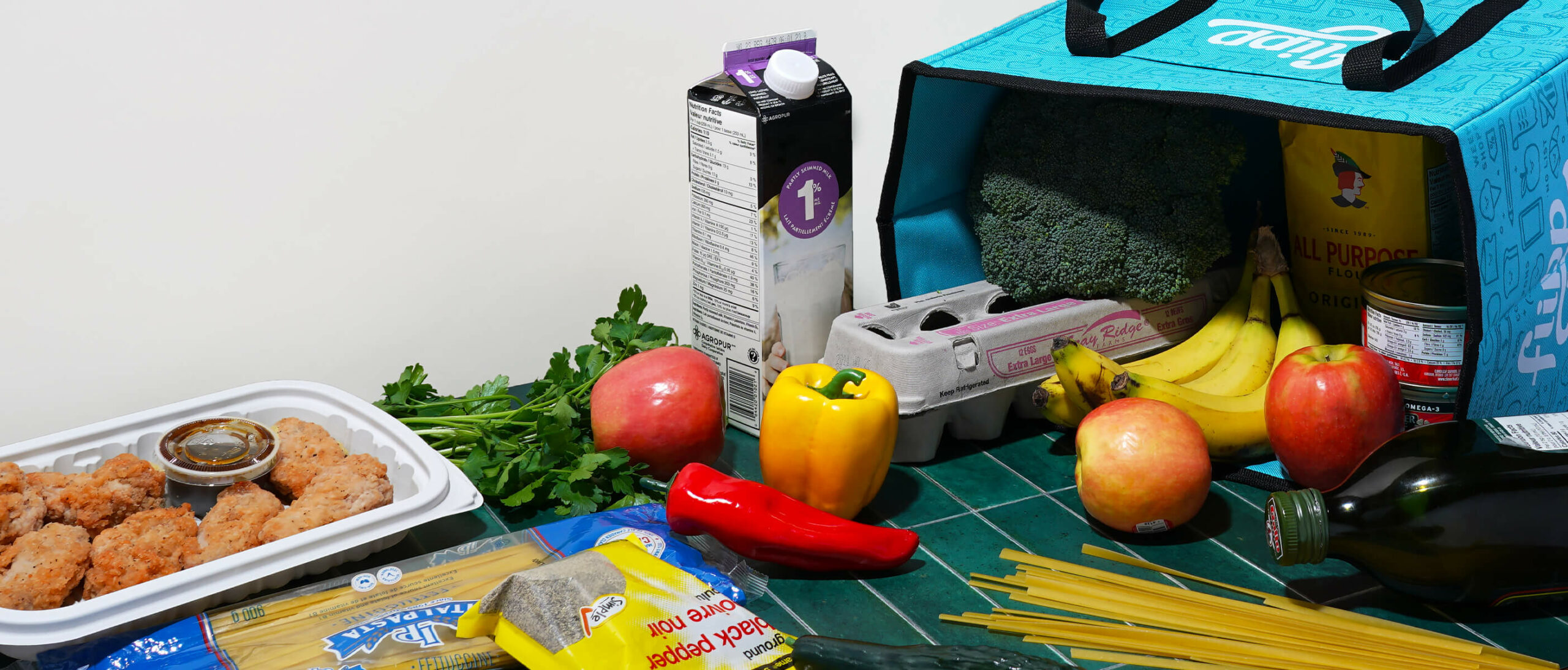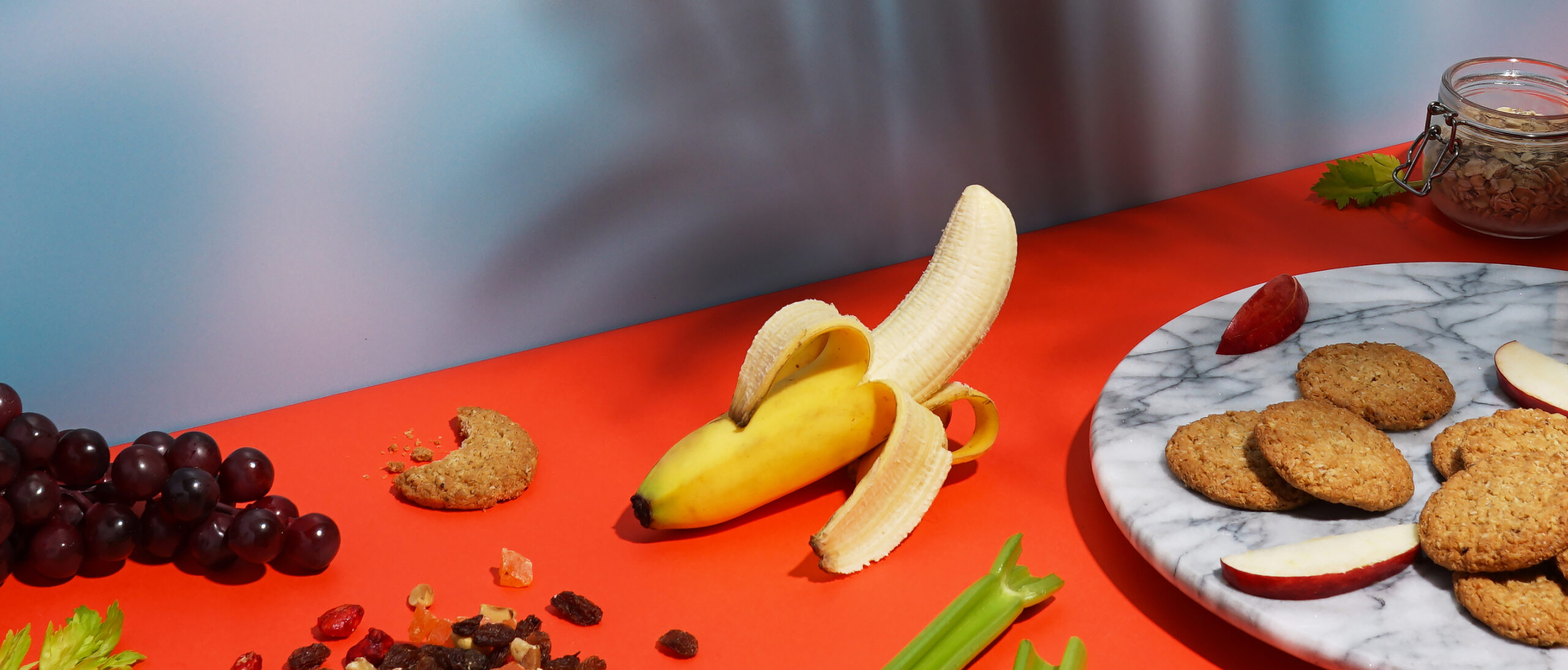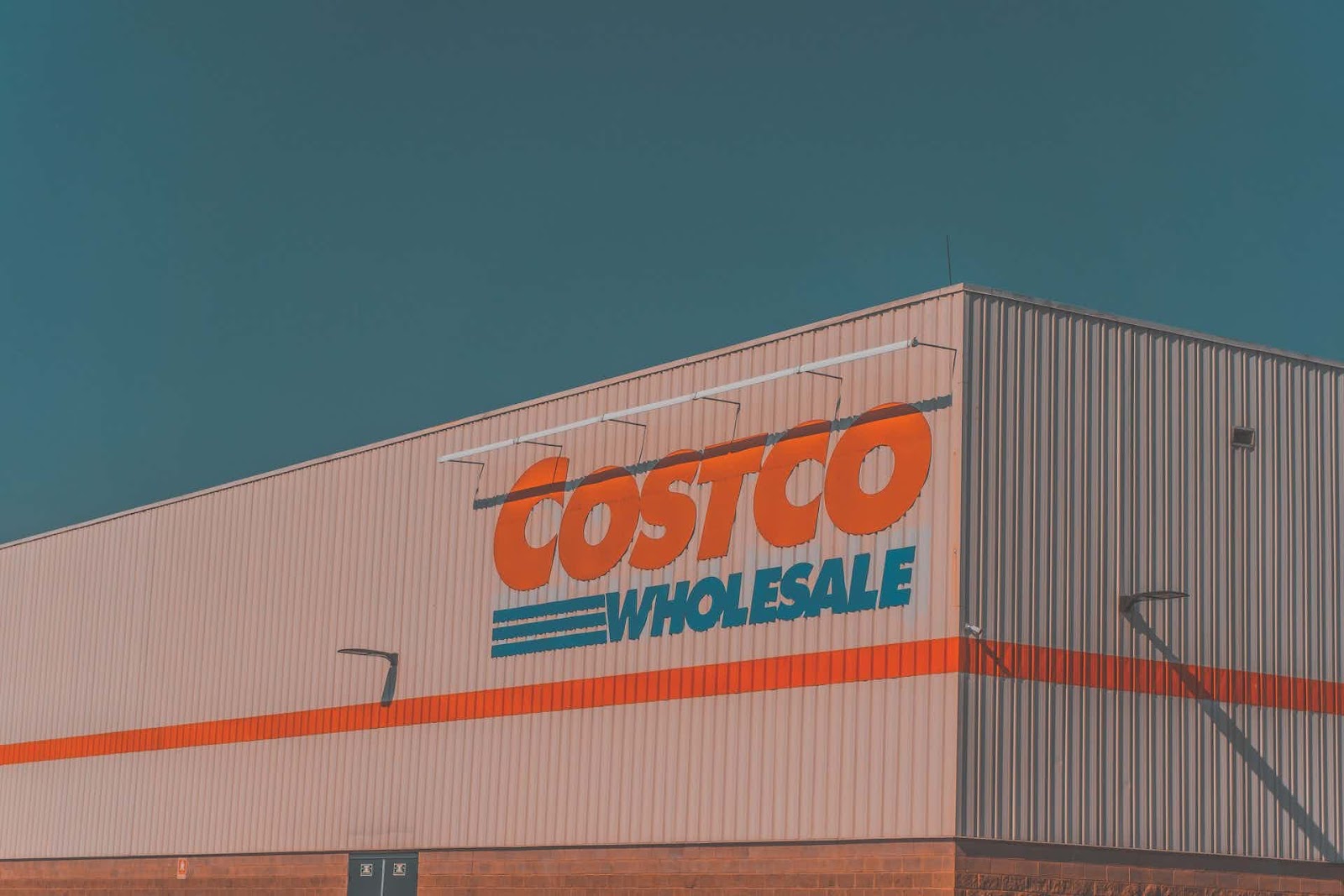Freezing is a convenient and effective way to minimize food waste and save money. But what happens if the food has been sitting in your freezer for a while? Is it still safe to eat? What is the correct way to thaw it? We have all the answers to your freezing and defrosting food questions.
Which types of food can I freeze?
Freezing food is a smart way to store your meals, but not all foods retain their freshness after being frozen.
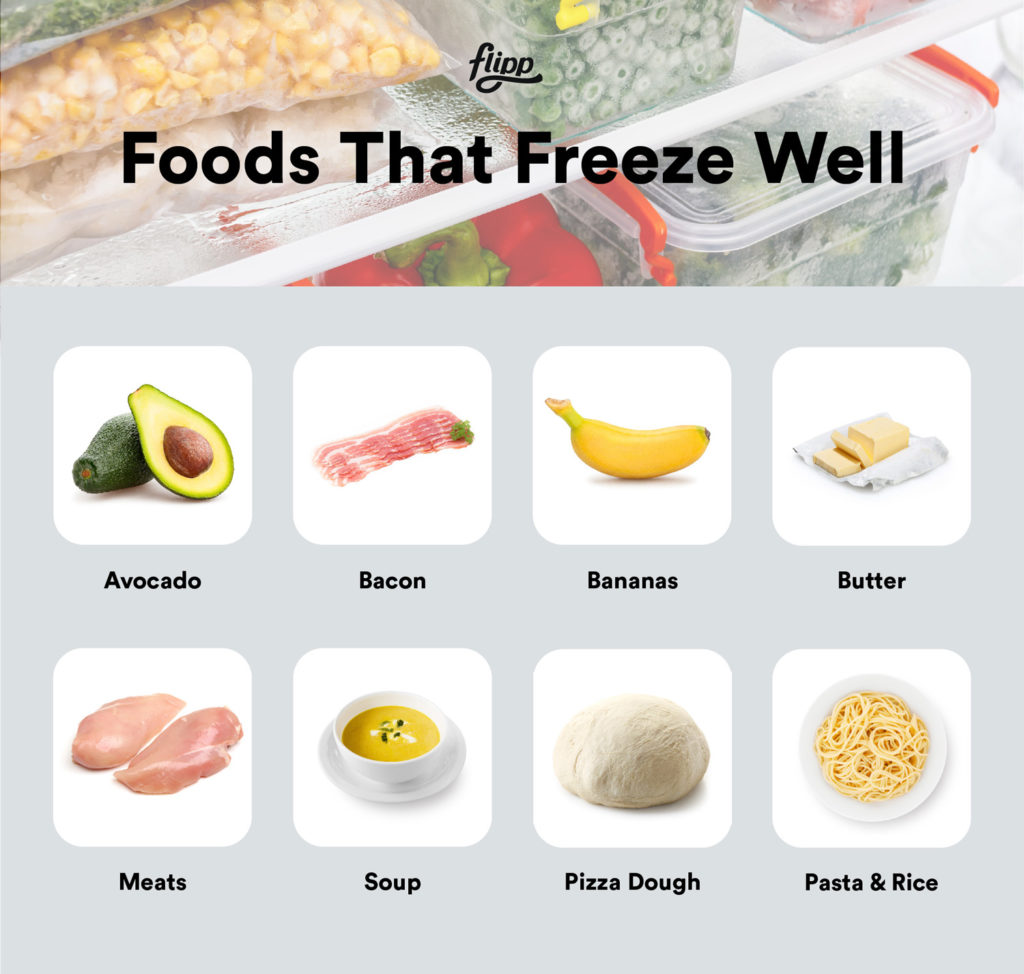
Foods that freeze well and retain their freshness:
- Meat (raw or cooked)
- Cooked pasta & rice
- Soups & stocks
- Eggs (raw or cooked, without the shell)
- Avocado
- Bacon
- Peeled bananas
- Butter
- Grapes
- Pizza Dough
- Blanched vegetables (check out our guide on how to keep produce fresher for longer)
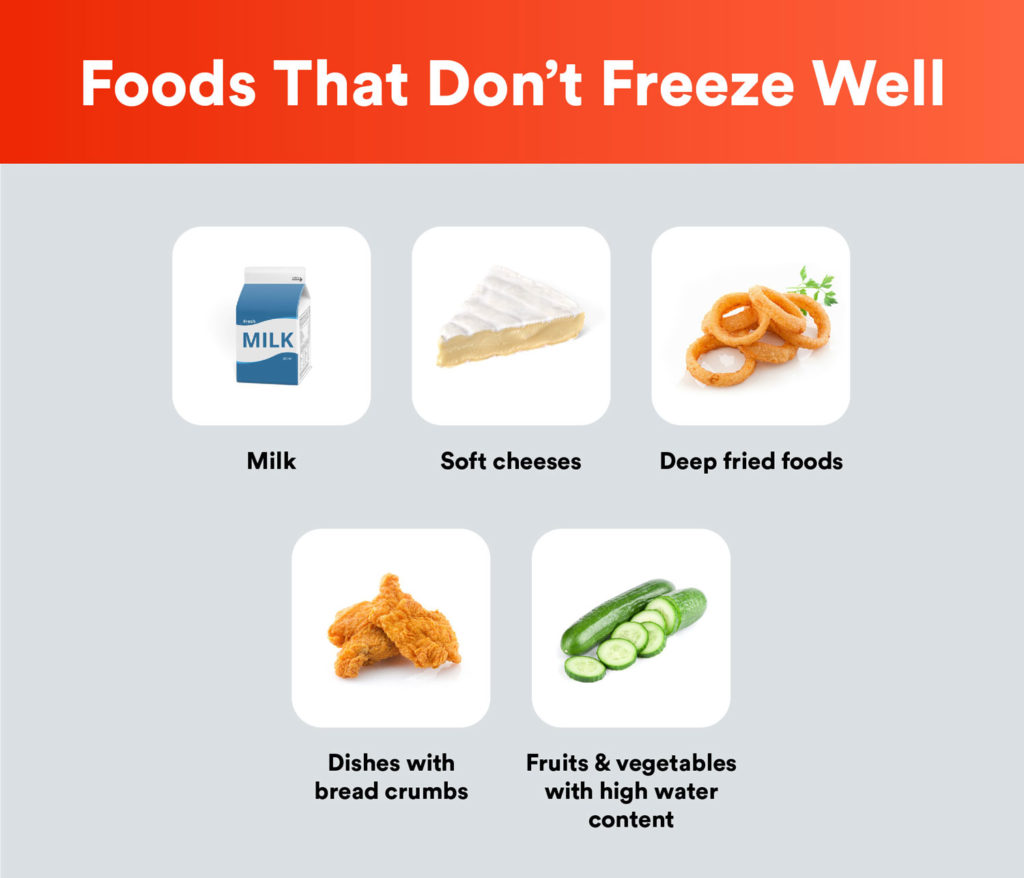
Foods that don’t freeze well:
- Milk
- Soft cheeses
- Deep fried foods
- Dishes with bread crumbs
- Fruits and vegetables with high water content (cucumbers, celery, lettuce)
What exactly is freezer burn?
Freezer burn is a common issue that results in wasted food and wasted dollars. When moisture inside your frozen food begins to evaporate, your food dehydrates and becomes grey-looking, dry, or covered in icy crystals.
To prevent freezer burn, follow these steps:
- First, you should remove any excess air when freezing food in bags. This will stop moisture from evaporating. We recommend using an airtight ziploc bag to store foods that you will be freezing.
- Divide the food into handy portion sizes, pop them into a zip lock bag and freeze. You can find ziploc bags on Flipp.
- Timing is important. Don’t freeze cooked food while it’s still hot, allow it to cool to room temperature before putting it in your freezer.
How can I tell if my frozen food is still fresh?
There are two things to consider when making a decision on the freshness of your frozen food: the smell of the food, and the date that it was frozen.
If the food gives off an odor after it’s been defrosted, it’s probably not worth cooking. You should also consider the date that you froze the food. If you find yourself rummaging through the freezer looking at frosted packages with undistinguishable contents, it’s probably best to toss them. An easy way to keep track of the food you’re freezing is to clearly label what you’re freezing. Write the date on the ziploc bag itself or create your own labels to avoid any confusion and minimize food waste.
How do I safely thaw food?
Not knowing how to safely thaw food is a recipe for disaster. Defrosting the wrong kinds of food at room temperature on your kitchen counter allows bacteria to grow, which could increase your chances of getting food poisoning.
Different food types should be thawed differently.
- Meats such as poultry or seafood can be thawed overnight in the refrigerator, in the microwave, or submerged in cold water. If you are thawing via microwave, be sure to cook the food immediately, as the microwave can partially cook the meat while defrosting.
- Bread, baked goods, cooked pastas, and cooked rice can be thawed at room temperature on the kitchen counter.
- To thaw frozen avocado, place it in a bowl of cold water or thaw overnight in the refrigerator.
- To thaw eggs, always do so in a closed container in the refrigerator for 6-8 hours or overnight and use immediately.
- To thaw bacon, submerge the bag in cold tap water, changing the water every 30 minutes so it continues to thaw.















